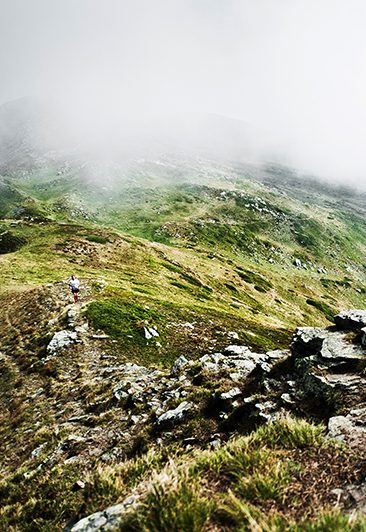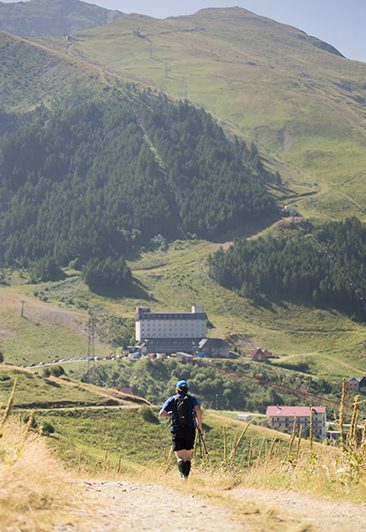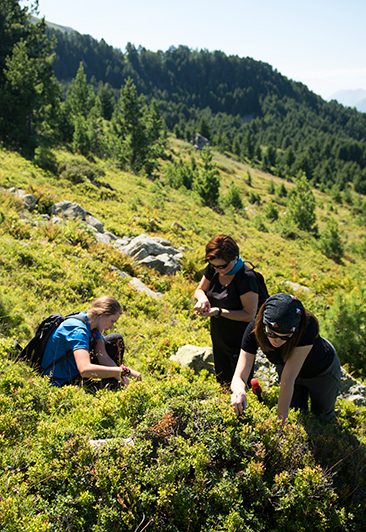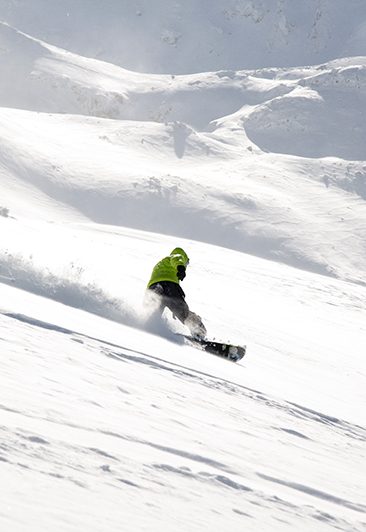- Homepage
- /
- Nature
- /
- Walking in natural parks
- /
- National parks
- /
- Šar mountain national park
Šar mountain national park
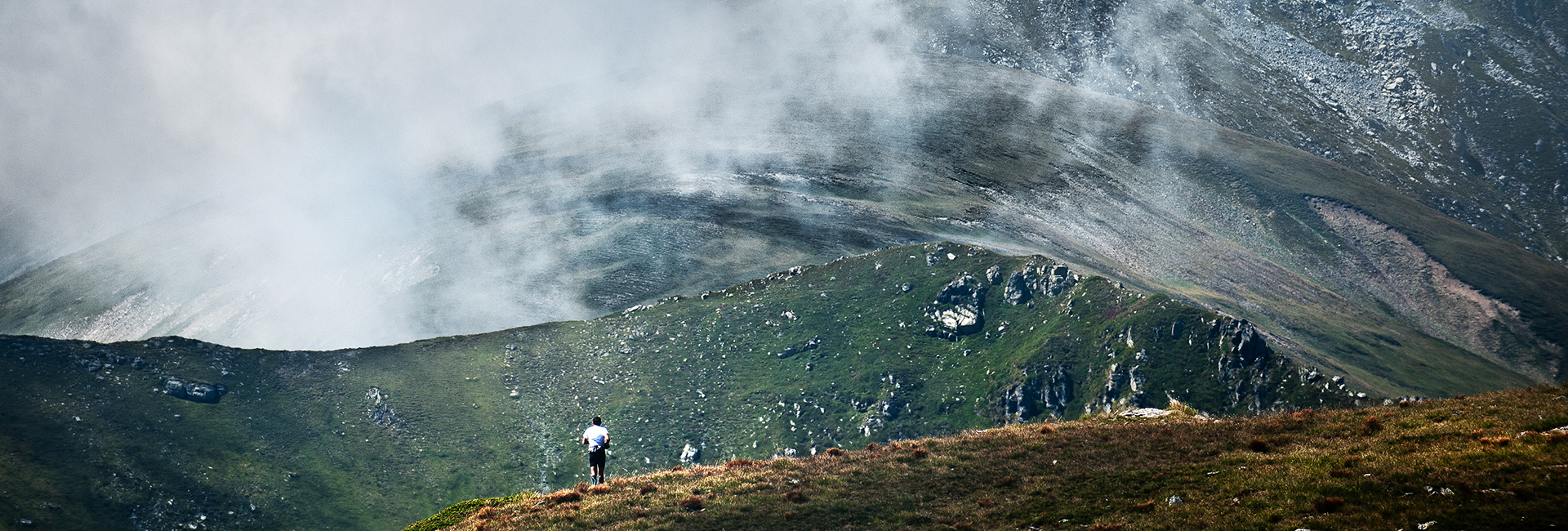

Šara, the mountain situated on Serbia’s southern border. Its present-day name derives from the Serbian word “šareno“ (colourful) – a testament to the magnificence of its alpine landscapes and the range of vivid colours it displays.
Humanity’s natural heritage
Šar Mountain’s natural beauty and importance have also awed international institutions, prompting them to designate it a prospective UNESCO World Natural Heritage site.
Its peaks rise more than two thousand metres above sea levels and the highest peak on the Serbian part of the mountain is Bistra. However, nothing you’ve heard about Šar Mountain will prepare you for the beauty of its 70 lakes, often referred to as “mountain eyes”.
Šar Mountan will delight nature lovers with its rich comprising nearly two thousand different species, 18 of which cannot be found anywhere else on the planet. Ramonda nathaliae is an ancient flower that has become the national symbol of Armistice Day in World War I. It has an incredible ability to “resurrect” itself even after it has seemingly completely withered.
With its hundreds of animal species, Šar Mountan is one of the areas with the richest fauna in Europe, which is why Rusenica, Popovo prase, Ošljak and Golem bor nature reserves were established here.
Rusenica, carefully preserves fewer than one hundred remaining Balkan lynxes, Europe’s largest cat species.
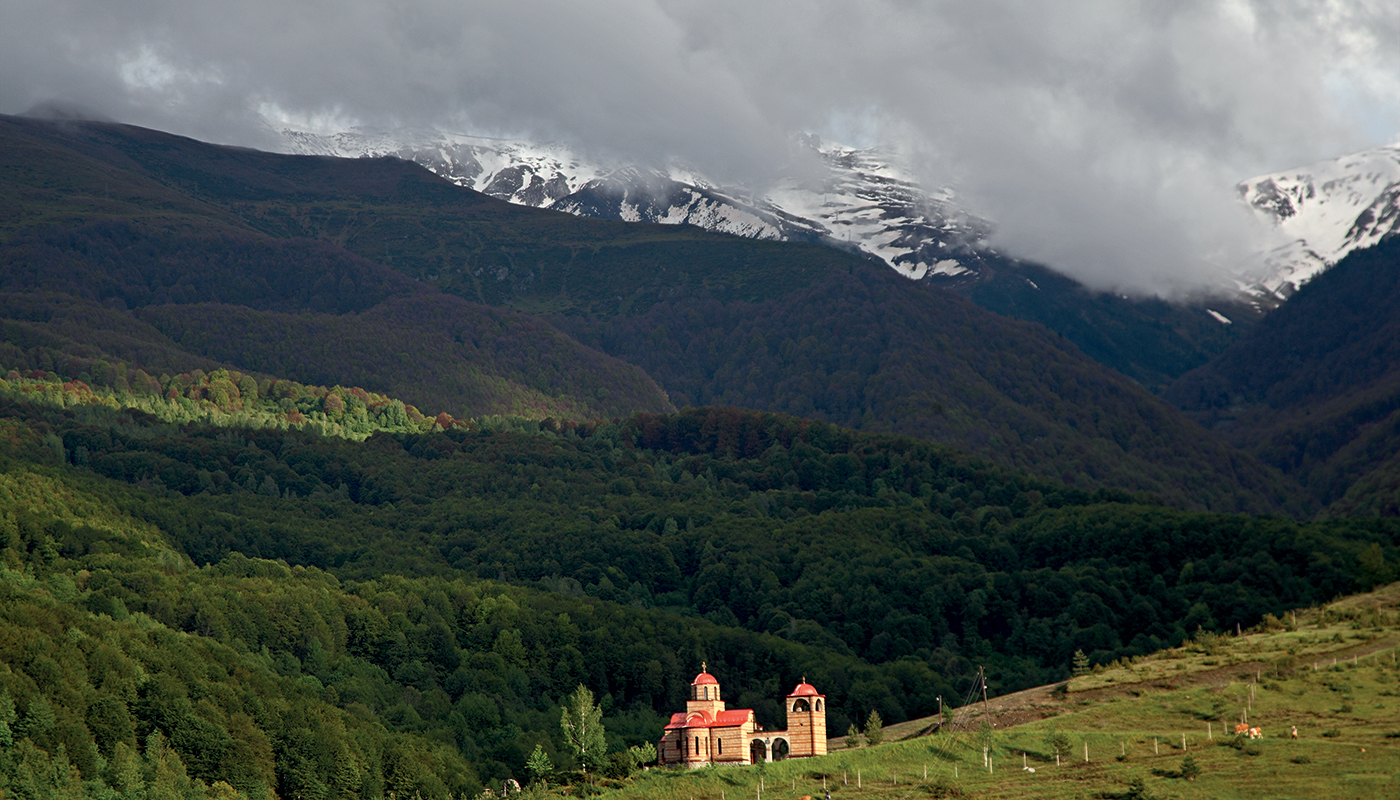
Equally imposing are the remains of Emperor Dušan’s town and the 14th-Century Monastery of the Holy Archangels near Prizren.
Rich cultural and historic heritage
There is more to Šar Mountan than just its natural beauty. Over the centuries, it has seen numerous conquerors, witnessed by the remains of Roman, Byzantine and Mediaeval settlements found here.
Also, between the 12th and the 16th Centuries, as many as fifty churches and monasteries were built on its slopes, including the Monastery of Saint Peter of Koriša.
Equally imposing are the remains of Emperor Dušan’s town and the 14th-Century Monastery of the Holy Archangels near Prizren.
At the Church of the Most Holy Mother of God in Gotovuša, first built in the 16th Century, a mosaic of an even older church dating back to the Byzantine period was recently found.
STORIES
-

Free Walking Tour – presenting �...
by NTOSThe atmosphere. The people. The energy. Prices. Friends. Rivers. Nightlife. A sense of safety and genuine hospitality.
Read more -
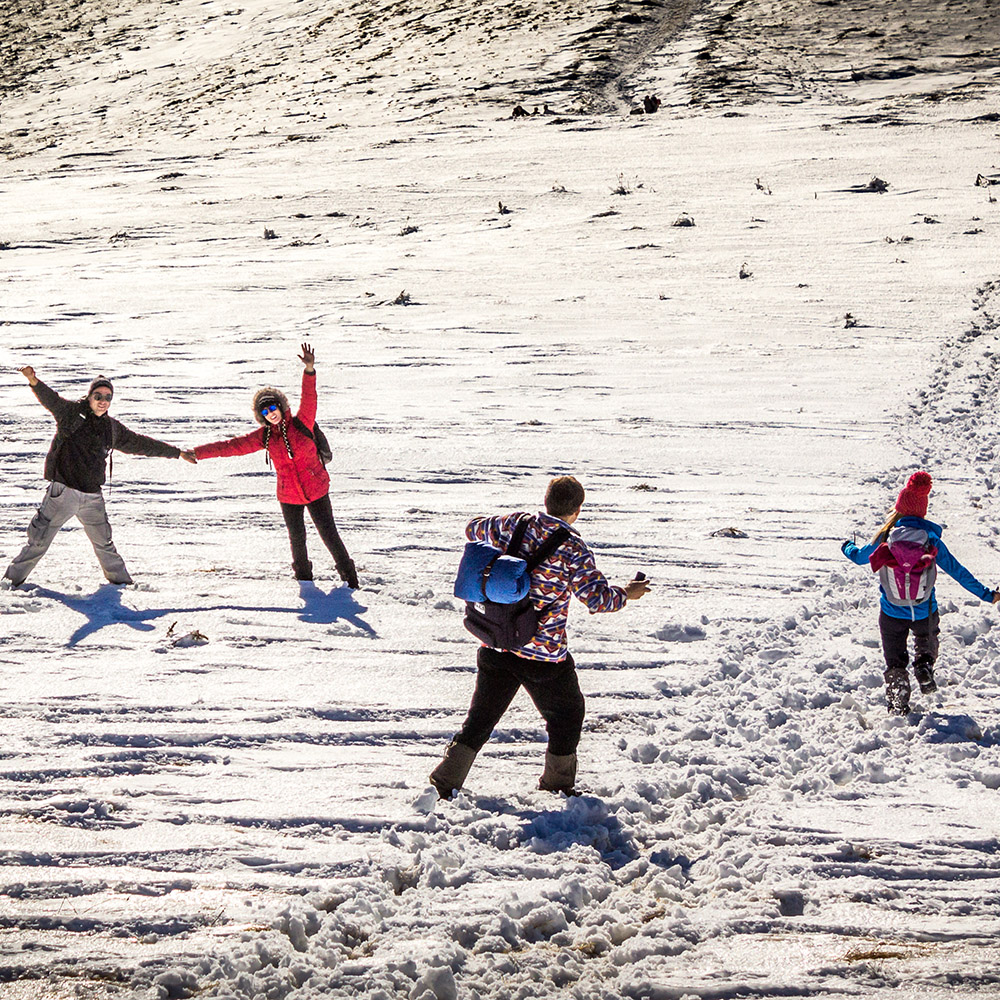
Family & Snow
by NTOSIn Serbia, snow is not just a weather condition – it is the scenery for family stories: first clumsy ski steps, snowballs that somehow always...
Read more -
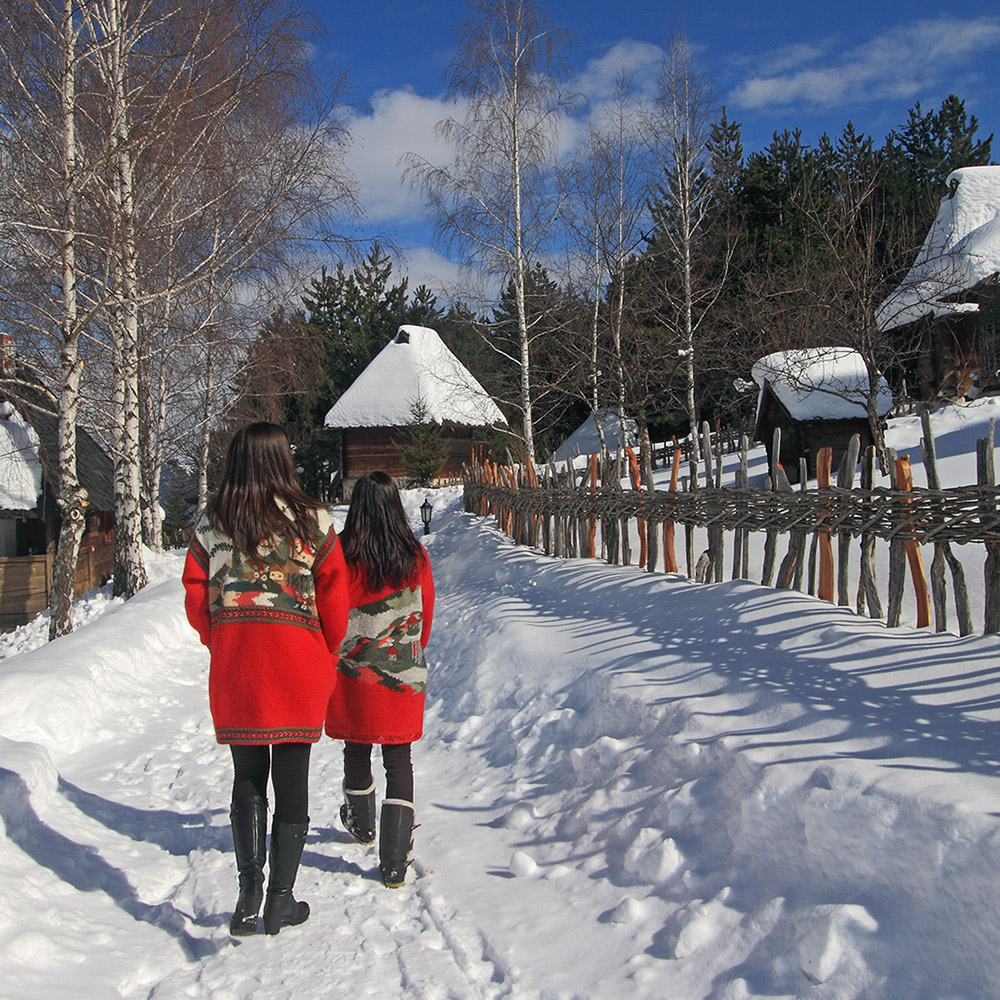
Far from the Holiday Noise
by NTOSIn Gostilje, you will learn how water tells stories; in Sirogojno, how time itself can be woven.
Read more -
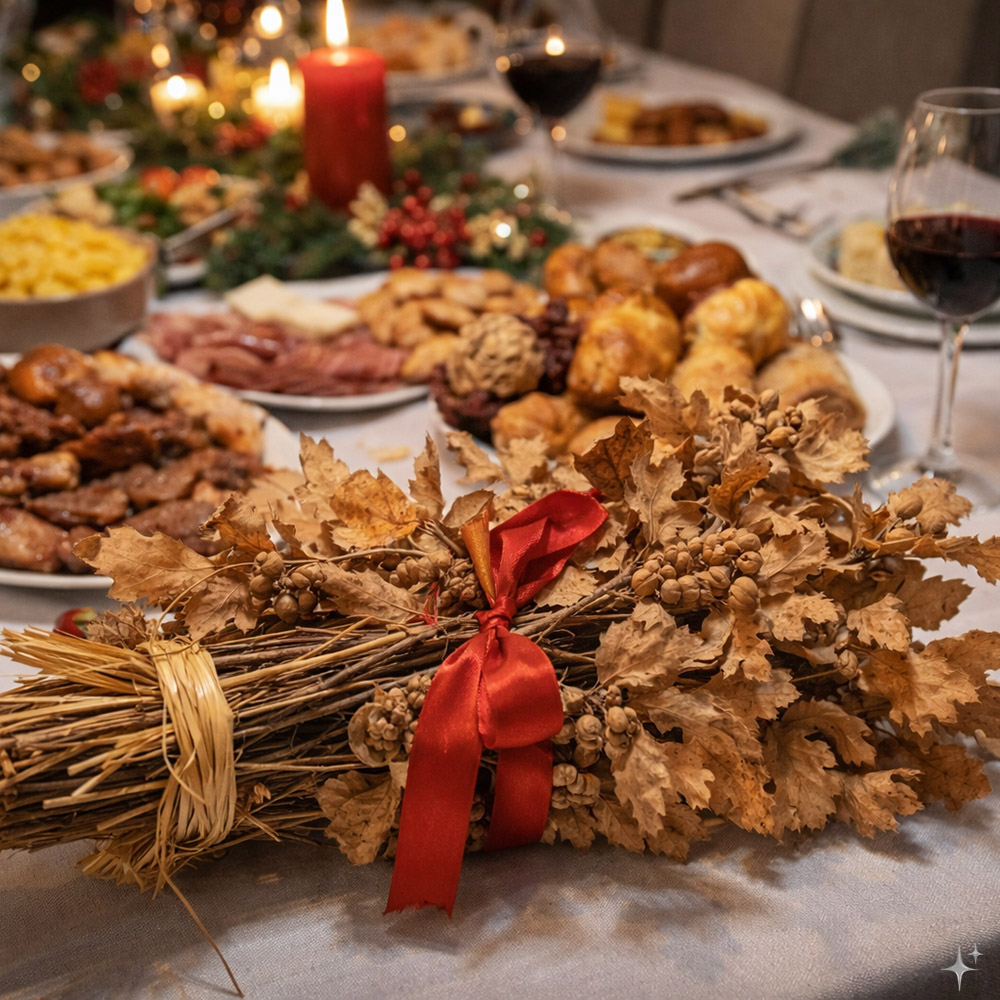
Lighting the Badnjak
by NTOSLighting the Badnjak is one of the most striking customs of Serbian Christmas tradition
Read more -

BELGRADE CLUBBING – presenting DJ MA...
by NTOS"When they ask me what kind of DJ I am – I say Versatile"
Read more -
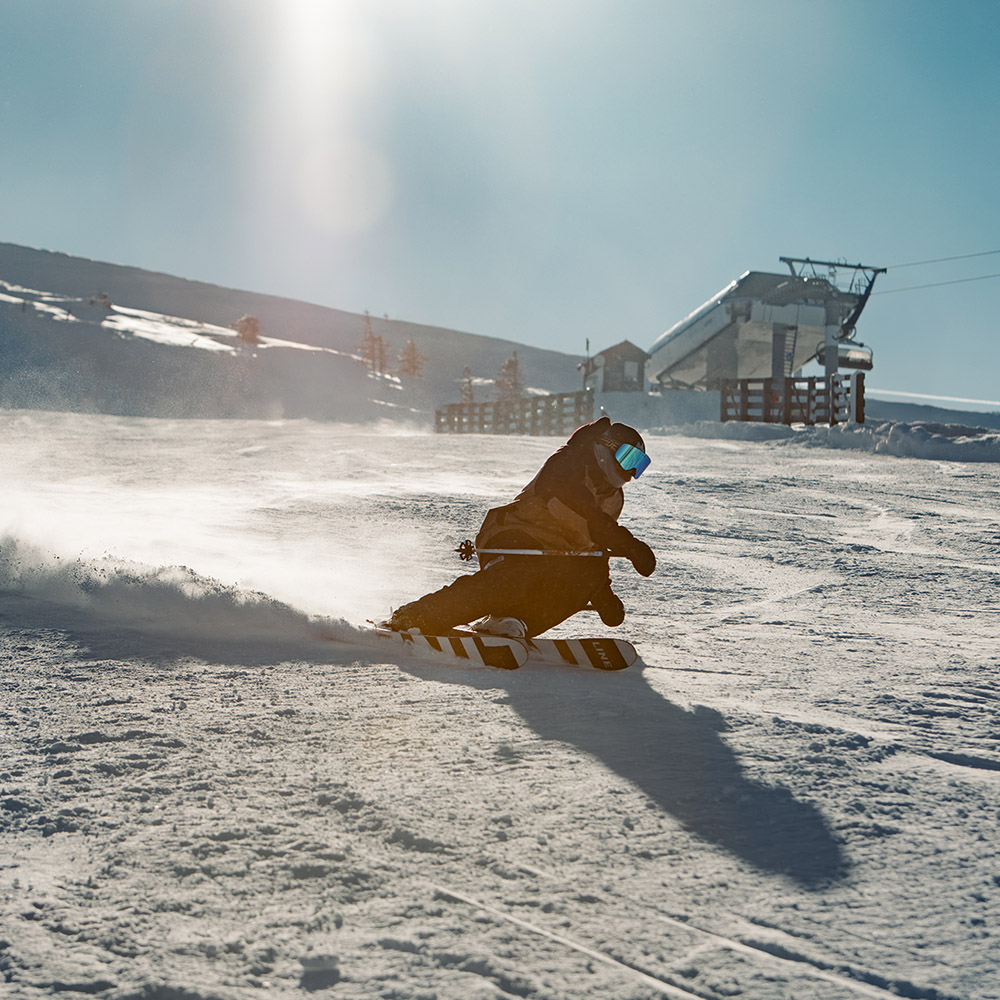
A Winter Tale to Remember
by NTOSIf you have been looking for a place where children learn to love snow, adults learn to slow down again, and the day lasts long...
Read more -
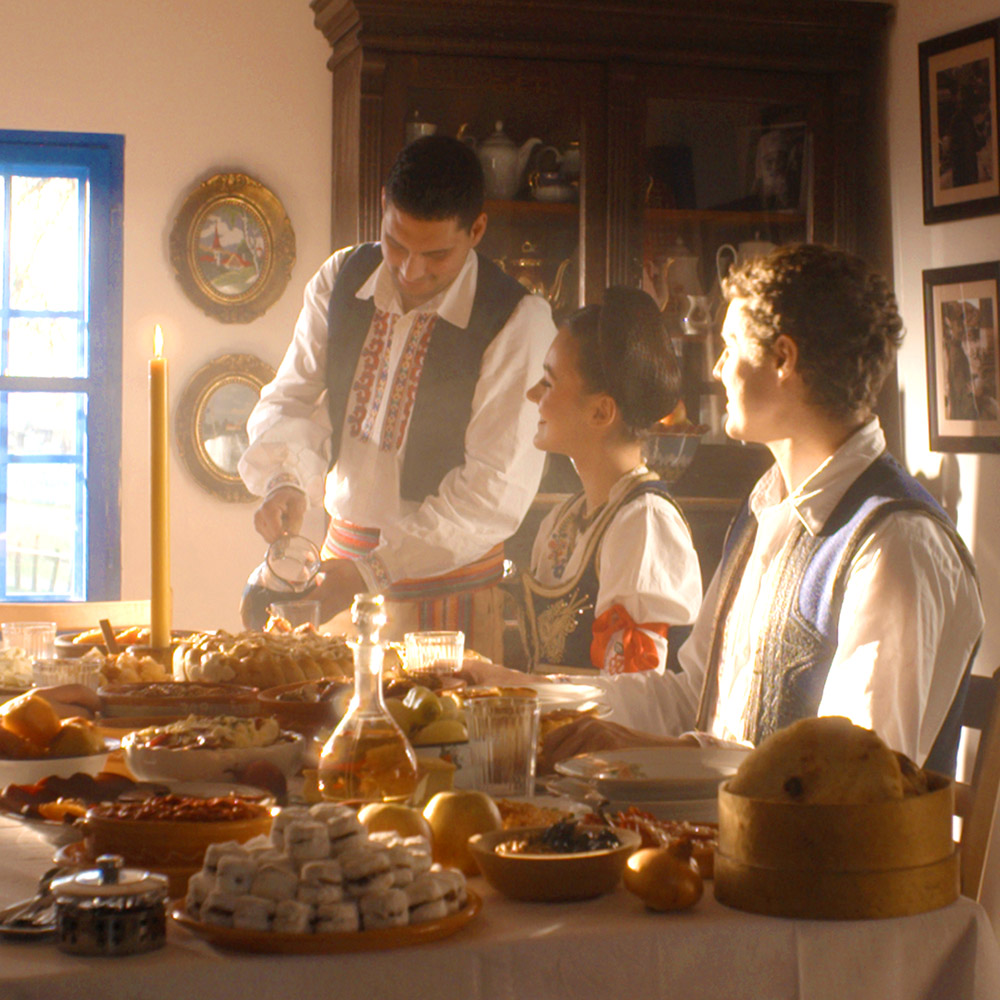
Serbian Slava – the family celebrati...
by NTOSFor a traveler who enters a home on the day of Slava for the first time, the initial impression is the feast
Read more -

The Crystal at Ušće That Guards the ...
by NTOSThroughout the decades, the Museum of Contemporary Art has hosted numerous important artists, but one exhibition echoed more than any other
Read more -
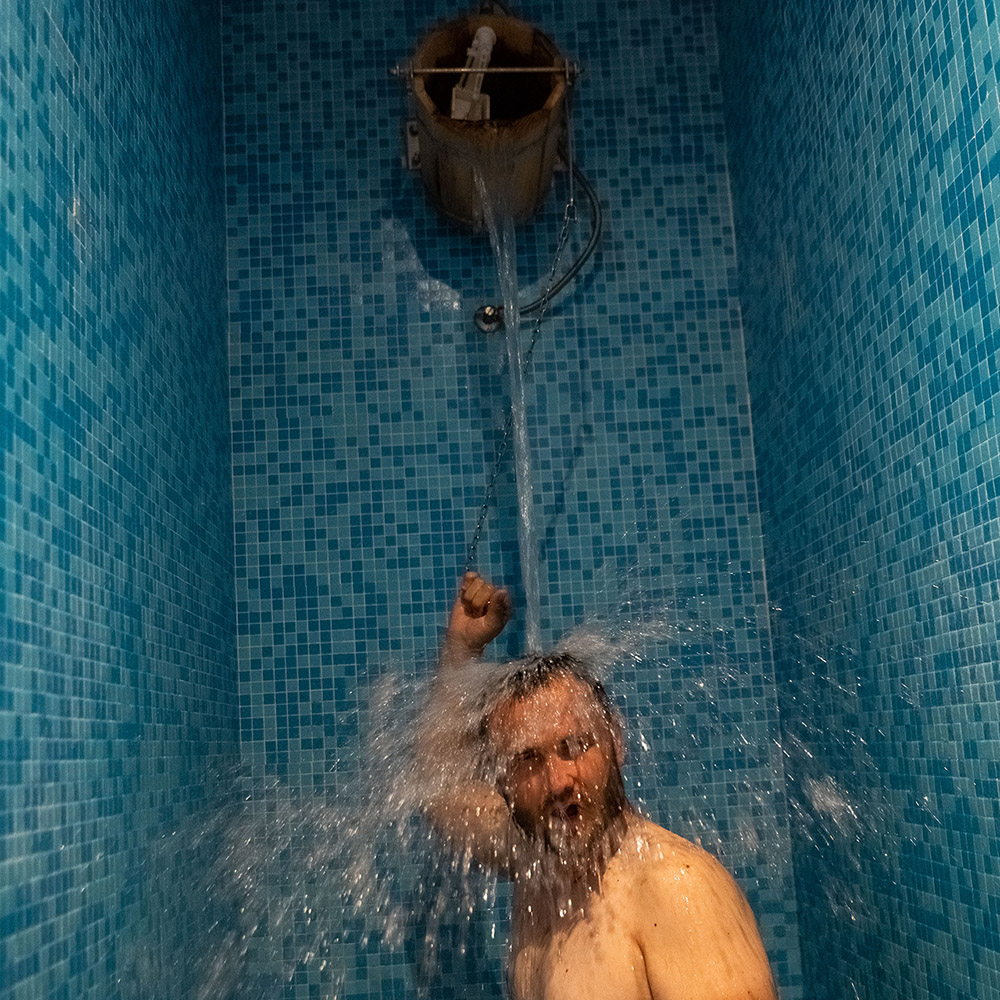
Wellness – the Perfect November Paus...
by NTOSEvery Serbian spa awaits discovery in a different rhythm – not as a summer resort, but as an autumn sanctuary.
Read more -

Karađorđe’s Schnitzel – From Tit...
by NTOSKarađorđe’s schnitzel is as simple as a good story and as layered as a good song.
Read more


